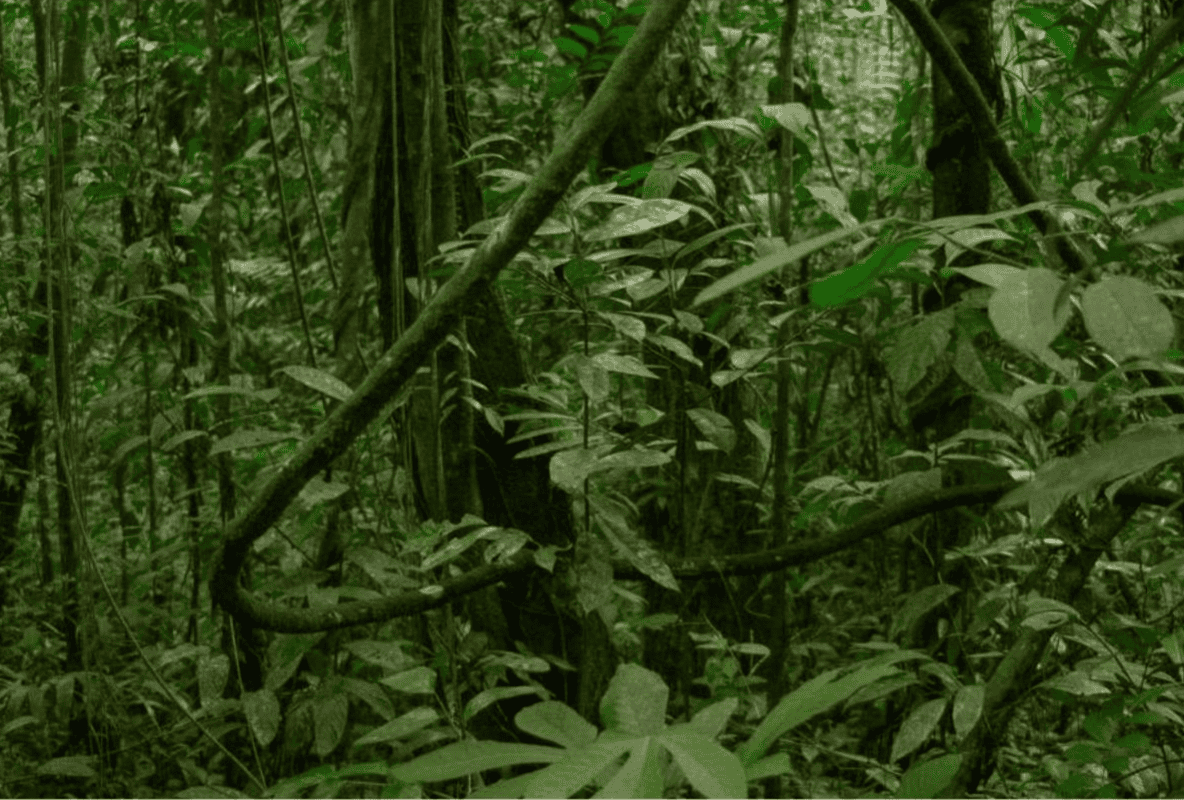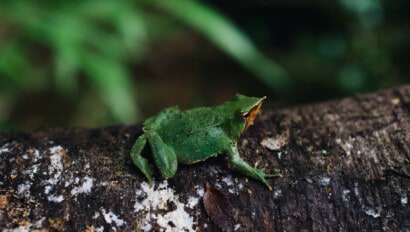Textile Exchange releases forests and air pollution risk categories to its Materials Impact Explorer (MIE) tool
Risk ratings and recommendations for forests and air pollution are now live in the Materials Impact Explorer (MIE), along with an additional material category – manmade cellulosic fibers (MMCF).
The MIE tool is for brands, retailers, and suppliers to examine potential impacts and dependencies at the very start of the value chain – the raw material country of origin level – where the farm, forests, or initial production facilities are based.

Image: Sofia Tercarolli
We would like to thank the expert organizations who have contributed to the latest expansion of the MIE tool, including Apparel Impact Institute (Aii), Canopy, Conservation International, Rainforest Alliance, Risilience, The Nature Conservancy, Trase – Global Canopy, Sebastián Block – Environmental Performance Index, Yale University, World Resources Institute, and ZDHC Foundation.
One of the tools users, Veronique Rochet, Senior Director of Sustainability at PUMA, has said
“At PUMA we are currently taking steps to mitigate biodiversity risks and address environmental pollution risks through our 10FOR25 targets and supplier programs related to climate, chemicals, water, and air. We recently used the Materials Impact Explorer (MIE) tool provided by Textile Exchange to inform our biodiversity risk assessment of our key raw materials such as polyester and cotton.
The MIE tool has helped us to review if we have the right strategies in place to address the risk of the potential impact on biodiversity and the risk of dependency in terms of environmental assets and ecosystem services that our organization relies on to function.
We value having forests included as a risk category to explore further deforestation-free commitments in addition to our commitment to source all bovine leather used in our products from verified deforestation-free supply chains by 2030 or earlier.
We also value having air pollution as a risk category as this is part of our Tier 1 and 2 supplier programs, but we also need to understand the risks in our upstream value chain. The MIE tool analyses risk in terms of potential impacts and dependencies at the very start of the value chain (Tier 4).” You can access the MIE tool here. Please note that the tool is designed for organizations that know the country of origin of their raw materials, where the farm, forest, or initial production facility is based.
We would also like to acknowledge that forests are part of a broader land use change risk area; we plan to explore opportunities for building this out in the future.

